Acne Treatment
Acne Treatment Shrewsbury
Acne is recognised worldwide as one of the most prevalent skin conditions, affecting millions of people of all ages, gender and race. It is characterised by whiteheads, blackheads, pimples and other blemishes that can appear anywhere from your face to your back.
Mild pimples can be more manageable than cystic acne, which cause deep, inflamed pustules and cysts that can be severe and long lasting.This aggressive form of acne can unfortunately lead to permanent scarring if left untreated.
If you are struggling with your acne, it is time to consult our skin specialists in Shrewsbury. We are here to help you gain control over your skin using effective, derma safe methods to achieve healthier, happier looking skin.

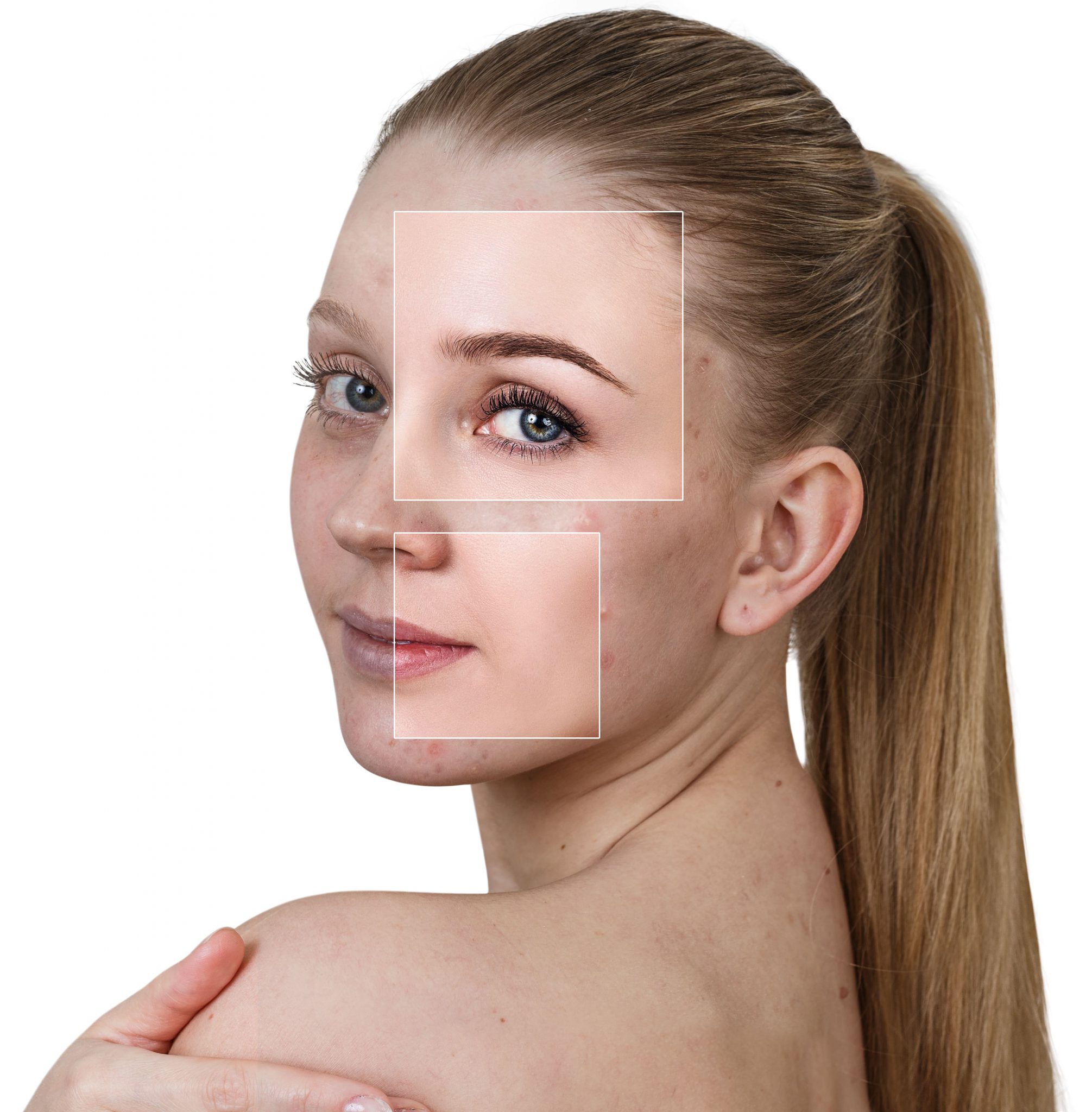
What Causes My Acne
Acne can be caused by a number of factors, including hormones, genetics, certain medications and diet. At its root, acne is caused by a combination of factors, which can include excess oil production, clogged pores, and bacteria.
When dead skin cells and sebum (oil) combine with bacteria, they can form a plug in the follicle which can lead to inflammation, redness, and swelling. At our aesthetics clinic, we specialise in treating acne with a combination of treatments tailored to each individual’s needs.
Begin Your Bespoke Acne Treatment Journey
Developing A Care Plan
At Improve Your Skin Aesthetics, Shrewsbury, we are a reputable skin and aesthetics clinic, regarded as one of the best in the industry within the West Midlands region. Our mission is to help our clients feel comfortable in their own skin, easing pain and discomfort that is on the surface and helping with self-confidence and well-being that runs deep.
We frequently encounter individuals whose acne has knocked their confidence and caused them daily struggles physically and emotionally. We provide solutions to restore your physical and mental health, with treatments that have a 90% success rate, whether your skin condition is minor or severe, our Shrewsbury acne treatment clinicians are here to assist.
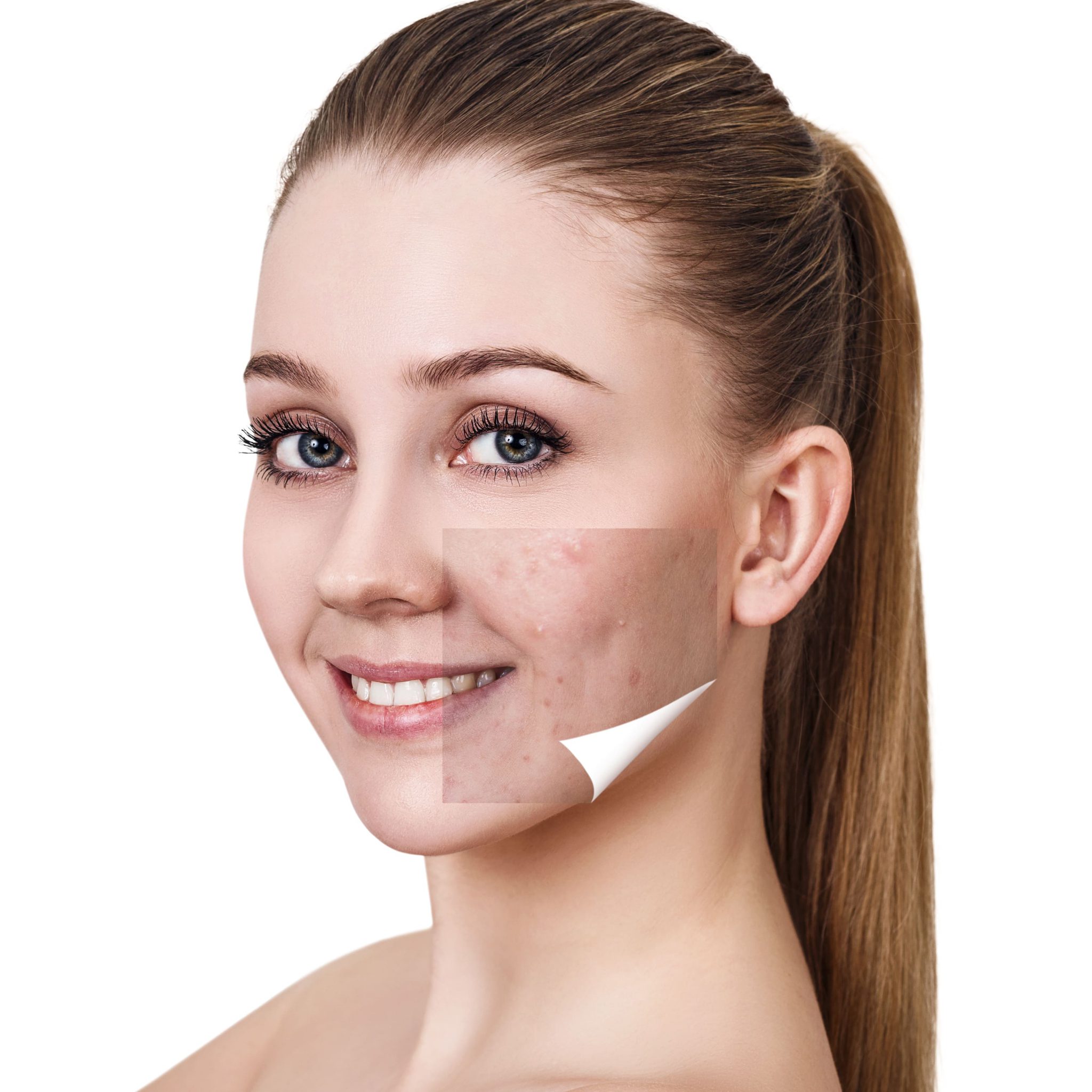
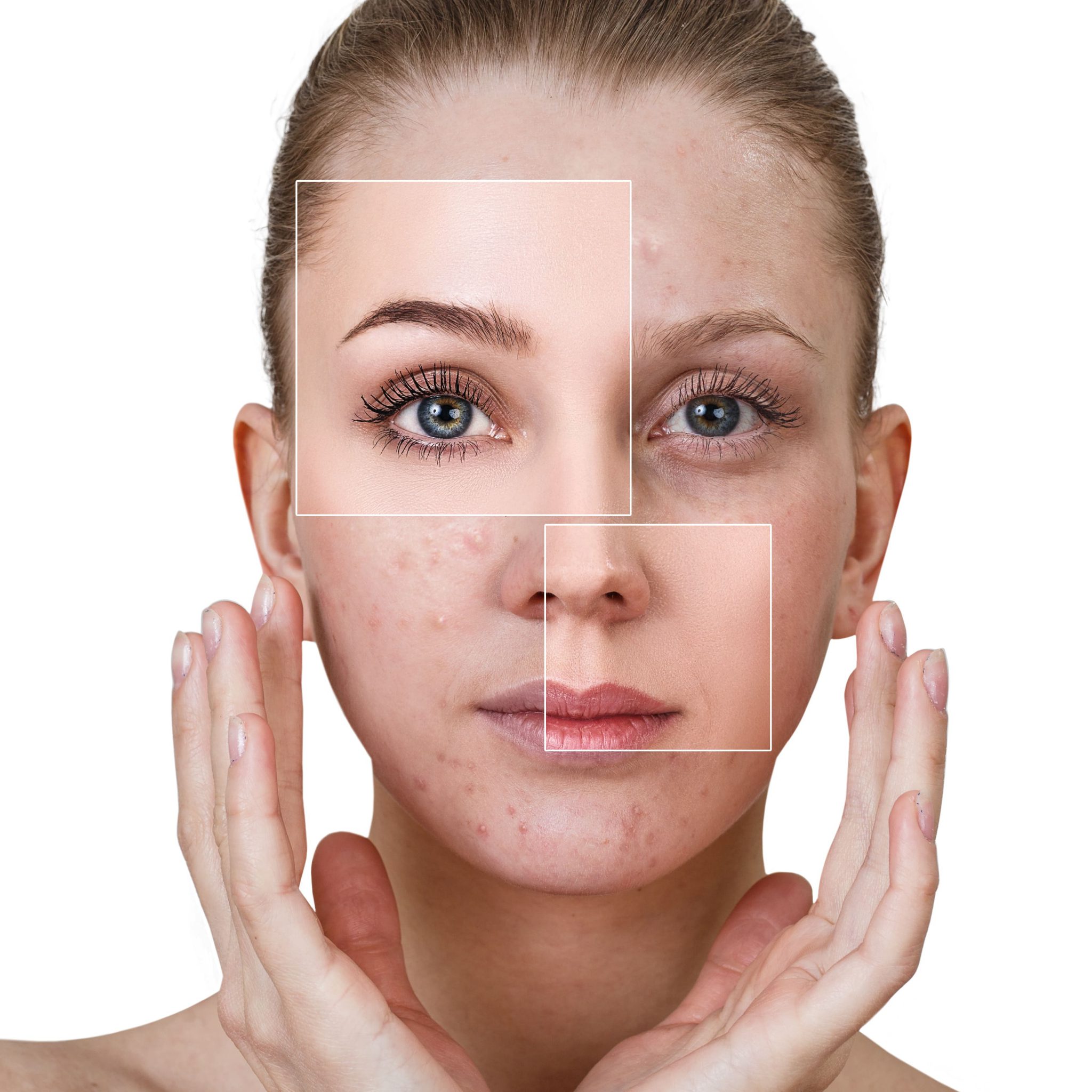
Incredible Success Rates
Our approach to acne treatment is unique, as we believe in using all natural ingredients to soothe and heal the skin.
The results of our acne treatments speak for themselves, with a 90% success rate for acne and rosacea, a 70% success rate for acne scarring treatment and a 70% success rate for reducing hyperpigmentation.
Improve Your Skin Aesthetics Unique Acne Treatment
During the initial consultation, our objective is to assess which tailored skin care treatment plan is suitable for you – everyone is beautifully unique so no two are necessarily the same. We base our clinical decisions on your skin type, sensitivity and condition, pairing you with the most appropriate ’peel’.
A ’peel’ removes a superficial layer of dead skin cells and clogged pore build-up, revealing the healthy, fresh skin beneath. By erasing a layer of dead skin, our effective, bacteria destroying products are able to be absorbed deep into the skin. The removal process has been successful in lifting and lightning acne scarring over time, leaving it noticeably smoother and a more even canvas for makeup application.
The ingredients used within our peels are the best on the market, containing active ingredients to tackle stubborn acne, formulated to a medical standard. Elements of the peel are created to penetrate through the skin layers quickly, allowing products to travel further into your skin ultimately enhancing the acne healing process.
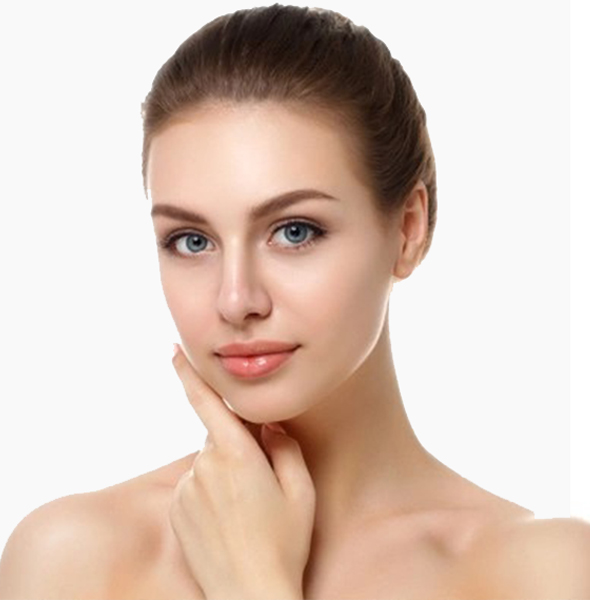
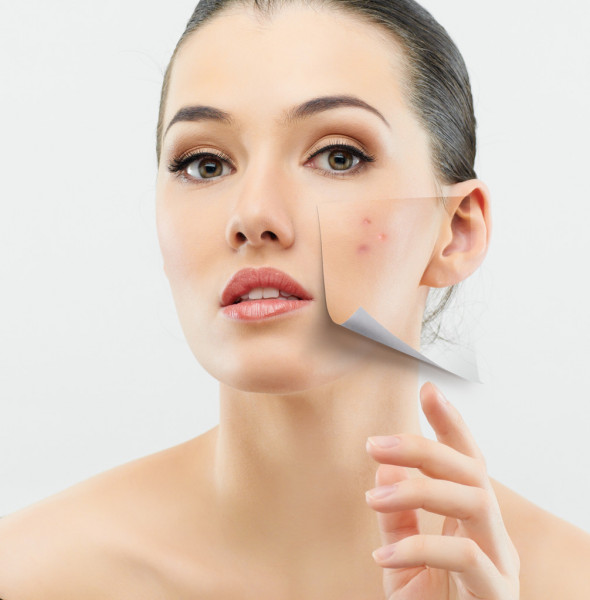
Products For Home
To receive the best results and to maintain these at home we advise you to apply the very best ingredients for your skin on a daily basis. Our acne treatment Shrewsbury clinic has supplies available to follow up home treatments, such as creams and ointments to keep acne at bay post visit. With a variety of skin types and needs, we stock an array of products so you can be sure to continue your healing process even after leaving. Our product prescription is written so you have each step in order that explains how to use each of the specific remedies.
We are committed to helping you achieve clear, healthy-looking skin, providing you with education about skin care and lifestyle changes to help manage your acne, offering resources for the best treatment to prolong a healthy glow. If you are experiencing acne, it is important to seek professional help from a qualified aesthetician. Contact our Shrewsbury skin specialists today for more information.





